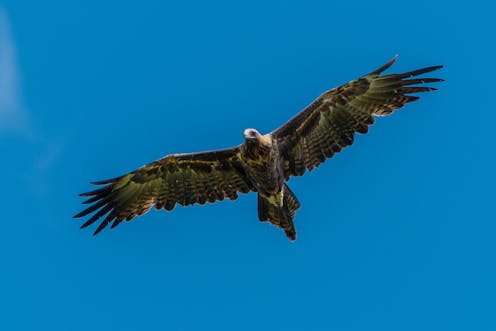Gregory Day's essays are immersed in the natural world, but think beyond the category of 'nature writing'
- Written by David Carlin, Professor of Creative Writing, RMIT University

Gregory Day’s essay collection Words are Eagles[1] is carefully subtitled: “Selected Writings on the Nature and Language of Place”.
The word “nature” has crept in there perhaps to give a nod to the reader to expect some version of “nature writing”. But this is not nature writing. In fact, the book gently but firmly suggests we should think beyond the category of “nature writing” as we have grown accustomed to it.
Review: Words are Eagles: Selected Writings on the Nature and Language of Place – Gregory Day (Upswell)
Nature writing has traditionally been a celebration of both the pastoral and the wild. It speaks of nostalgic, rural borderlands and, beyond them, the “undisturbed” non-human world of imagined wilderness.














